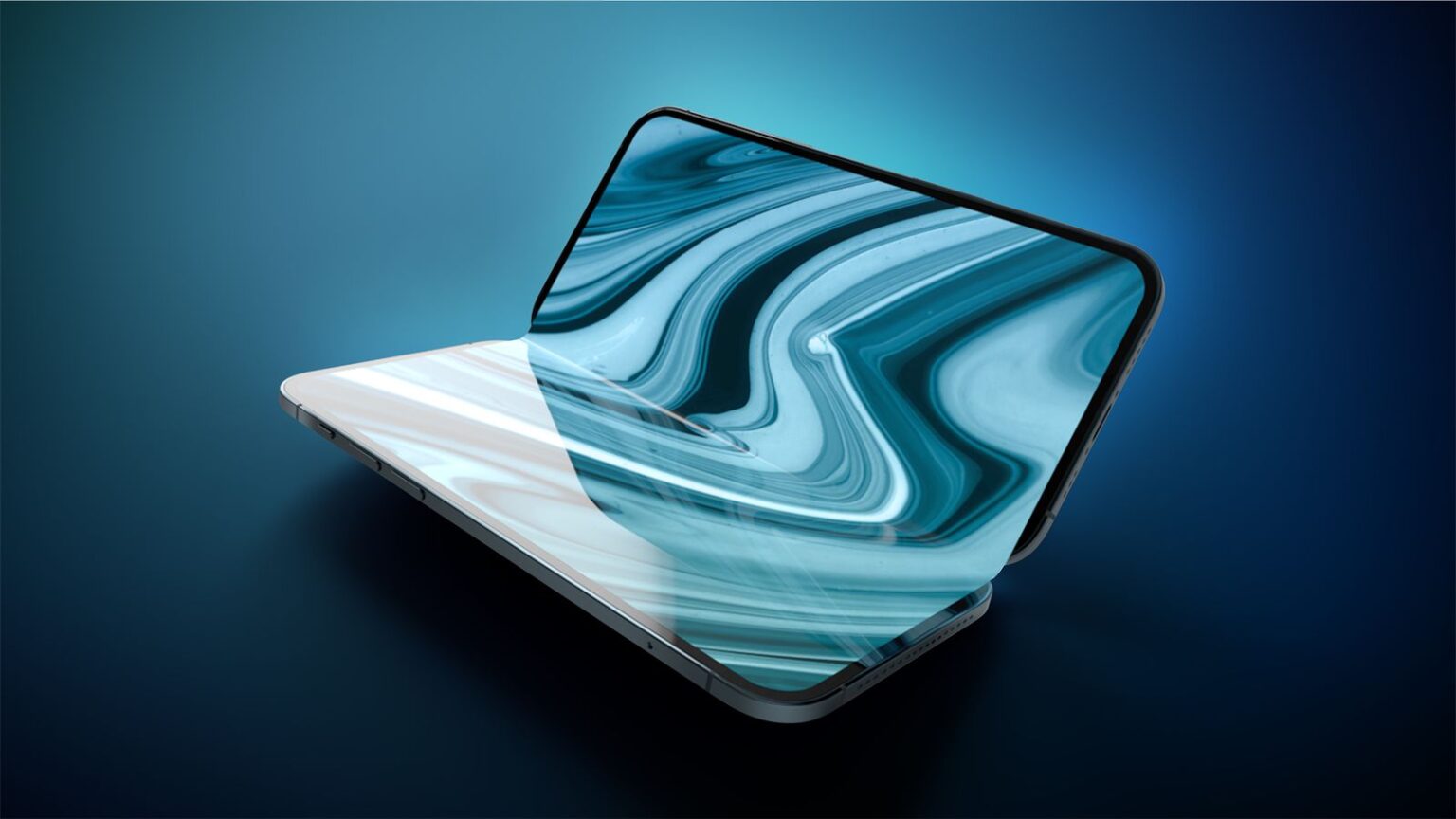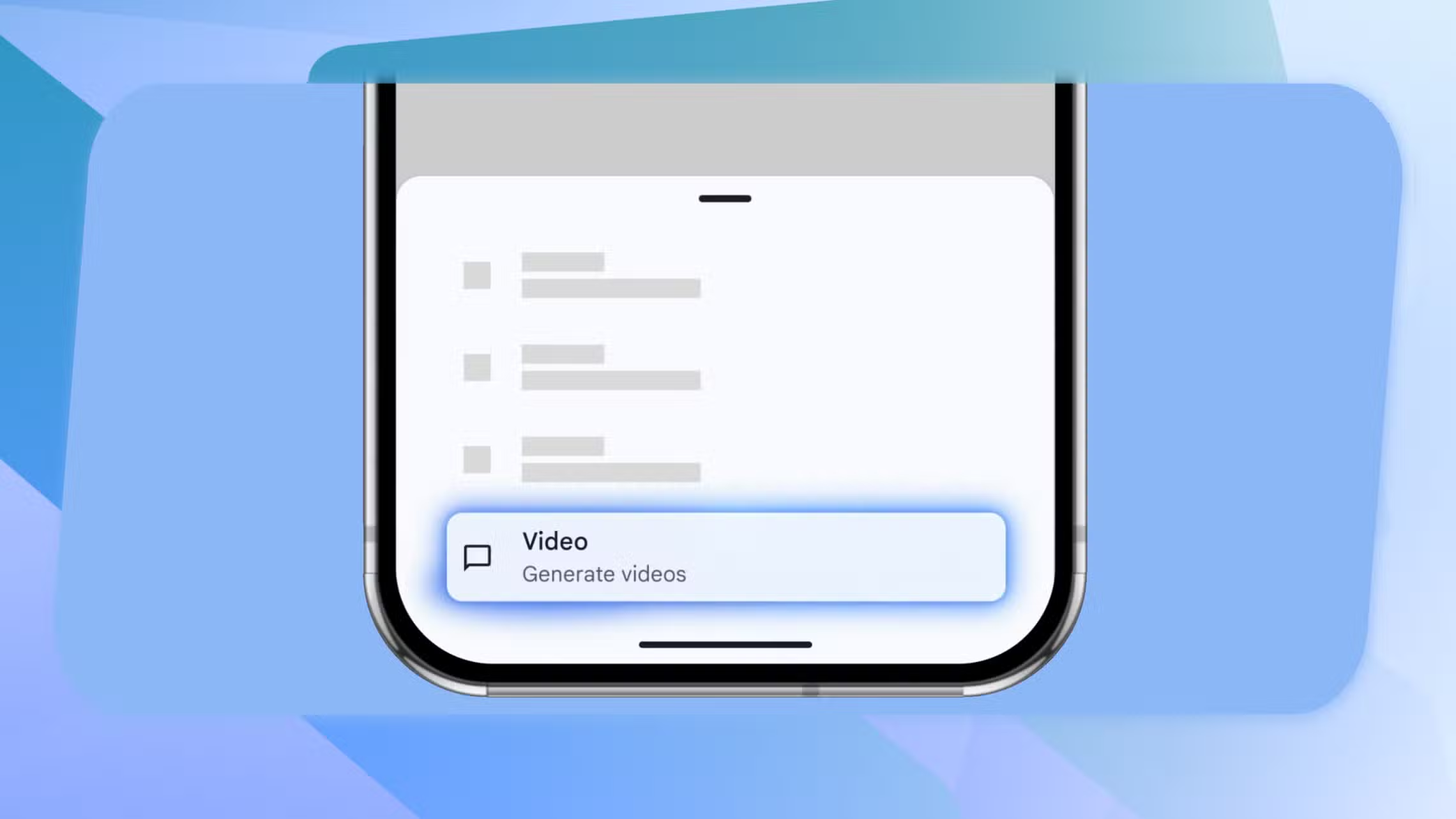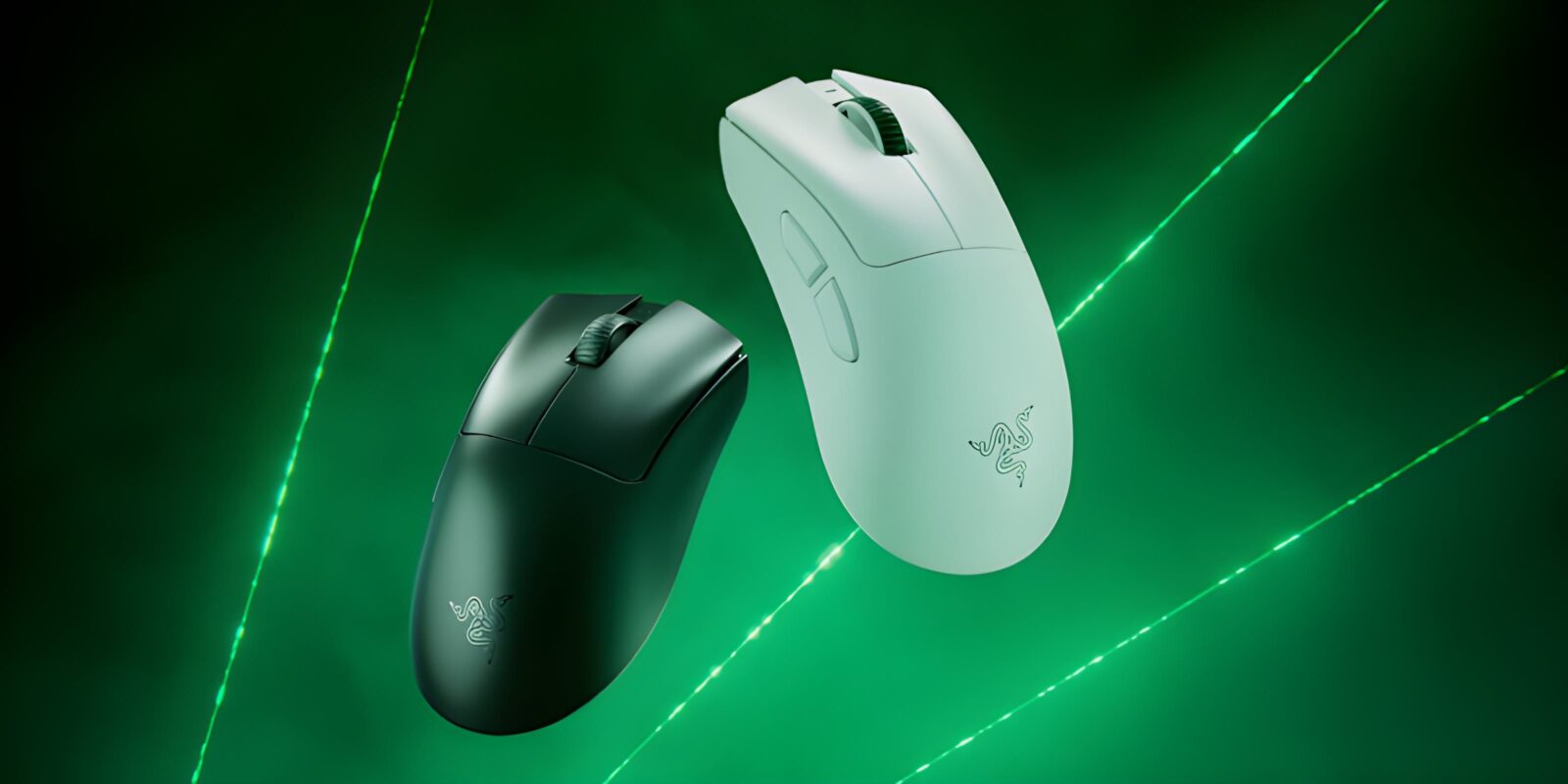Apple’s long-rumoured foldable iPhone is moving closer to reality, with production of its displays now reportedly underway ahead of a planned launch next year. According to Korea’s ETNews, Samsung Display has begun preparing its manufacturing lines to produce foldable OLED panels for Apple, signalling a significant step forward in Apple’s foldable device ambitions.
The displays are being produced at Samsung Display’s A3 factory in Asan, South Korea. The facility is reportedly entering its final setup stages for a dedicated production line capable of manufacturing up to 15 million 7-inch foldable OLED panels per year. While Apple’s initial production target for foldable iPhones in 2026 is estimated at around six to eight million units, Samsung’s higher capacity suggests preparations for further models and potential sales growth in subsequent years.
This first foldable iPhone is expected to feature an inward-folding design with a 7-inch OLED display and a tablet-like 4:3 aspect ratio. Early specifications point to a slim 4.5mm chassis, a durable hinge designed to minimise visible creases, and a dual rear camera setup with wide and ultra-wide lenses. Reports also suggest it will run on Apple’s upcoming “A20” chip and may use Touch ID rather than Face ID to accommodate its foldable form factor.
Pricing is tipped to exceed $2,000, positioning it as a premium addition to the iPhone lineup, which will include the standard iPhone 18 models alongside it next year. Apple is said to be planning annual updates for the foldable device, integrating it into its existing product refresh cycle.
Samsung Display has secured an agreement to be the exclusive supplier of foldable panels for Apple for at least the next two years. While Apple typically seeks to diversify its supply chain, Samsung’s experience with foldable OLED technology has made it an essential partner. The company has led the market in foldable displays since launching its own foldable smartphones commercially in 2019, and it previously supplied Apple with OLED panels during the iPhone X and iPhone XS transitions.
The foldable iPhone’s arrival would mark a significant milestone for Apple as it looks to compete with foldable offerings from Samsung, Oppo, and Huawei, which have matured over the past few years. However, it remains to be seen how Apple’s approach to durability, design, and software optimisation will differentiate its first foldable from established competitors.





